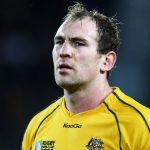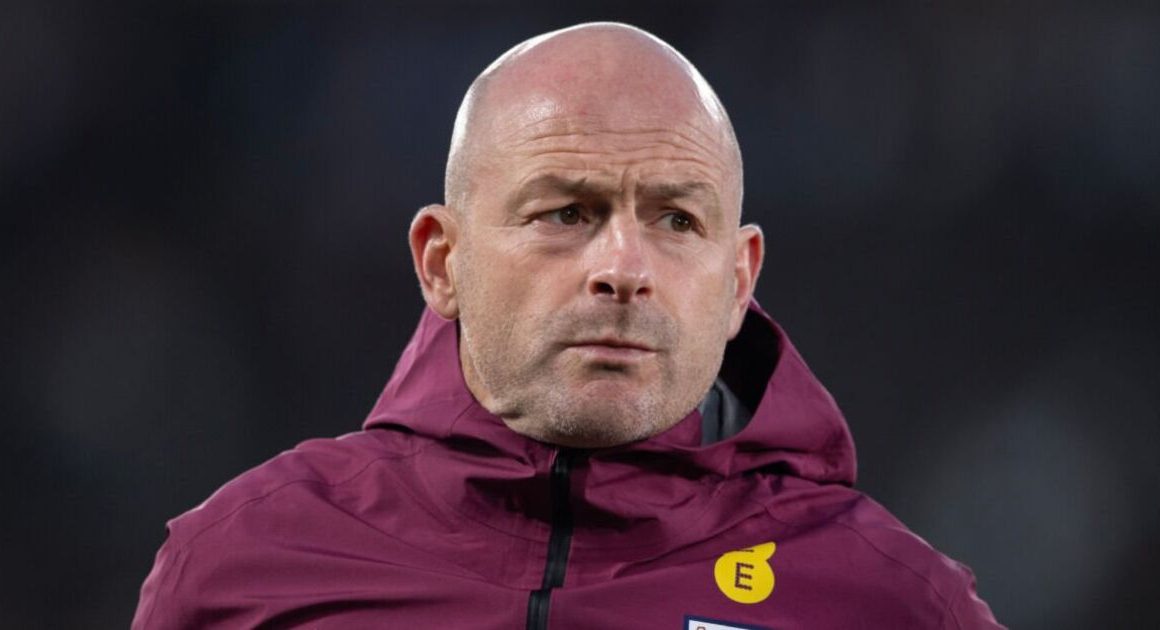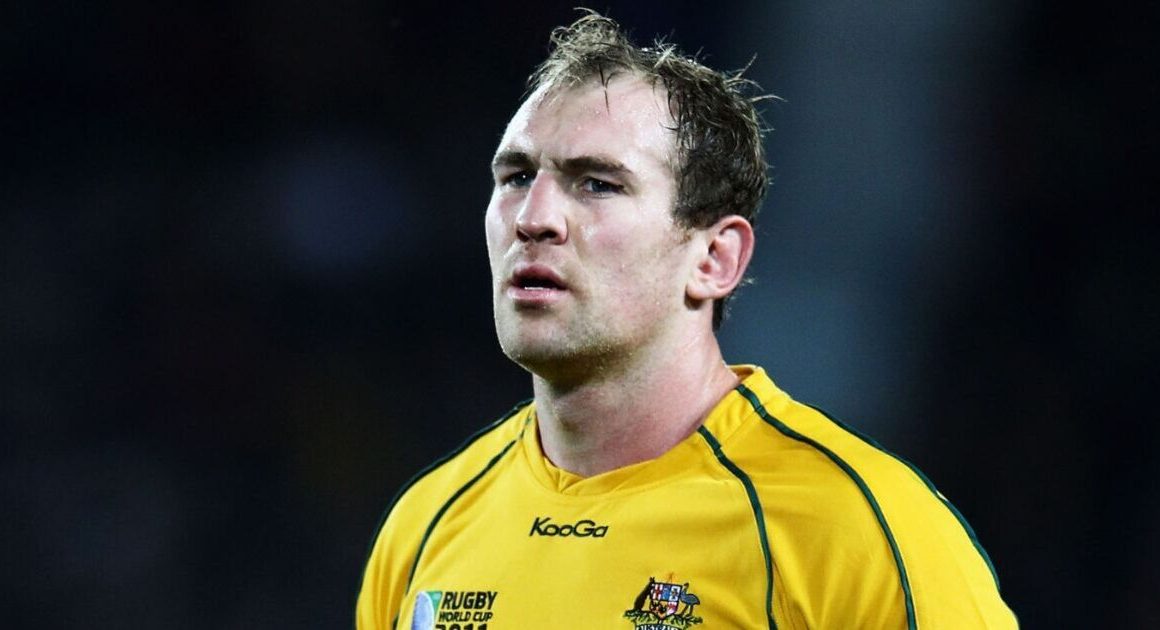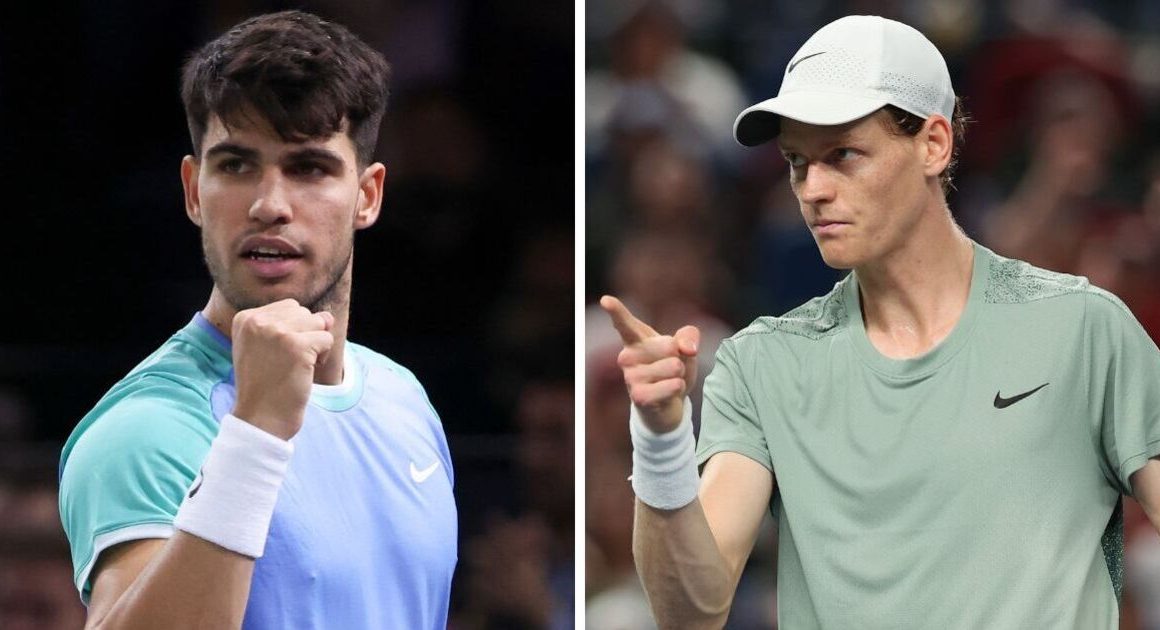Canadian Para athletes, much like their Olympic counterparts, tend to live in four-year cycles.
Three years ago, as Tokyo 2020 came to a close, the Paralympic movement was in flux. Fans weren’t able to attend, some sports were sending significantly fewer athletes, and the Games, for lack of a better term, had a different vibe.
In the years since, relative newcomers to the Paralympics, like Para canoe, have had a chance to further develop and the broader Paralympic movement has managed to reach new athletes in new countries, while garnering increased social media attention. This is all while the Paralympic movement manages its sporting obligations with its social ones — trying to make the world a better place for the billion-plus people who have a disability worldwide.
So, with another Paralympics having come to a close, it’s time to look at some of the key storylines that played out in Paris, while looking forward to the next winter edition in two year’s time, and outlining what the next cycle could look like for Canada’s Paralympians.
A new guard
When the Games began on Aug. 28, the Canadian contingent was led down the Champs Élysées by Patrick Anderson and Katarina Roxon — two athletes with a combined eleven Games between them.
There was an air of experience, of trepidation at a Games that would finally see fans return, and an opening ceremony that delivered just as many messages about the development of disability culture as it did about adaptive sport.
The vast majority of Canada’s success came in the pool and on the track, but there were a number of first-time results for the red and white. Alexandre Hayward nabbed a medal on his debut in Para cycling, Reid Maxwell — the youngest Canadian athlete at the Games — took home swimming silver, and Manitoba’s Leanne Taylor became the first Canadian woman to take home some hardware in Para triathlon.
A mix of rookies and veterans bodes well for Canada over the next four years. Three-time medal winner, Nicholas Bennett, and winner of Canada’s first Para canoe medal, Brianna Hennessy, led Canada at the closing ceremony.
Bennett is just 20 years old and Hennessy only began competing in Para sport eight years ago. They’re emblematic of a Para sport environment where it doesn’t matter how old you are when you start competing — it just matters that you keep competing.
WATCH | Bennett, Hennessy lead Canada at closing ceremony:
Paralympic medallists Nicholas Bennett and Brianna Hennessy of Canada go across the main stage at the 2024 Paris Paralympics closing ceremony.
Wheeling into the sunset
There have been a couple of nods — an NBA–style retirement tour — for a number of Paralympians during these games. Anderson hasn’t been quiet about the fact that this will be his last Games and some athletes, like B.C.’s Greg Stewart, came out of retirement in order to top the podium.
This is the inevitable wax and wane of Para sport. Some athletes will find that they’ve achieved all that they can, some will decide that they are tired of living a financially precarious life, others will choose to find another role in sport or, like Nathan Clement, switch sports entirely.
We can expect to see Canada’s own fair share of bow-outs prior to LA 2028, but keep an eye on how each sport’s development pipeline is progressing — something complicated by the fact that recruitment in Para sport, especially in the lower classifications, can be difficult.
That recruitment and development aspect will be particularly important as LA 2028 adds Para climbing to the mix. There was hope among the Para surfing community that they would be included in the next festivities, but all signs point to Brisbane 2032 being the next (potential) opportunity for Paralympians to take to the waves.
WATCH | Adaptive water skier Kendra Erhardt chats with CBC Sports:
Brian Hnatiw is joined by adaptive water skier Kendra Erhardt to discuss adaptive water sports, and why continuing to add new sports to the Paralympics is important.
Who’s missing?
Naturally, the spotlight during any Paralympics is on the athletes who are actually at the competition. While Canadian athletes took the Paralympic stage in 18 sports, that’s still four short of the entire programme and that’s not including the men’s sitting volleyball team failing to qualify.
There are also two other areas of athlete representation to note as the next cycle gets underway.
Canada, historically, has had a low number of Indigenous athletes competing at the Paralympic Games. There are longtime retired leaders, like Saskatchewan’s Colette Bourgonje and B.C.’s Richard Peter, but grassroots development in Indigenous communities could lead to more athletes from marginalized communities representing their country. We see that growth, including with Eel River Bar First Nation’s Desiree Isaac-Pictou’s on the women’s wheelchair basketball team, but we can hope for more to come.
Also, 2SGLBTQ+ Paralympians are another athlete group that should continue to grow. Canada had one athlete at this year’s games who uses they/them pronouns and there is a strong ongoing tradition of the community’s representation at the Games, including Italy’s Valentina Petrillo becoming the first openly trans athlete at a Paralympics during Paris 2024.
That said, much like in able-bodied sport, more can be done to make adapted sport spaces inclusive beyond just a focus on disability.
Crossover athletes
Across the Paralympic movement there is a strong tradition of athletes competing in both the winter and summer Paralympics across their career. This includes Canadians, with one of the most high profile being wheelchair basketball athlete Cindy Ouellet’s selection in Para alpine for the 2018 Pyeongchang Games.
Historically, as athletes have switched sports, some have tried their hand at a winter sport instead of summer one. Liam Hickey, a leader on Canada’s Para hockey team, spent his youth competing in wheelchair basketball — a pathway that, a couple of decades before, teammate Billy Bridges also took.
Two years, let alone four years, is a long time, but we can expect to see some athletes weigh their options and consider whether they have an opportunity to compete in Italy in 2026. The success of athletes like the United States’ Oksana Masters — who currently has 19 medals and competed in Paris — may just look tempting enough for athletes to consider it a viable option.
At the end of the day, the Paralympics is a beautiful, imperfect and odd affair.
You have an elite sporting competition with a parallel goal to further the betterment of disabled people’s lives; funding and sports living and dying by just a few results; and a movement that continues to garner attention on social media as the athletes reach for their goals.
We can expect to see more of that complicated cacophony of sporting excellence over the next cycle.











